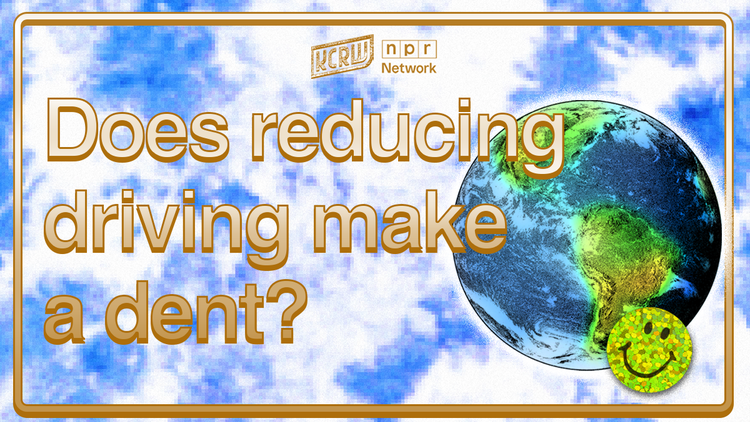Sustainable living educator and blogger at “Sustainable in the Suburbs”
Sarah Robertson-Barnes on KCRW
More from KCRW

Dying harms the planet. So CA legalized human composting
ScienceBody disposition can have a major environmental impact. That’s partly why 12 states and counting have legalized human composting in the past five years.

Life without power or gas in Portuguese Bend landslide area
Housing & DevelopmentWhat's it like to live without utilities? Residents in the landslide zone on the Palos Verdes Peninsula have no power, gas, or cable – and no end in sight.

‘Severance’: Medical science behind hit TV show studied in LA
Entertainment“Severance” on Apple TV+ mirrors the experience of medical procedures done on split-brain patients, which was first developed in the 1960s at Caltech.

Wind storm sparks multiple fires in LA
WildfiresA life-threatening and destructive windstorm sparked at least two fires in SoCal on Tuesday, prompting evacuations and some power shut-offs.

Midweek Reset: On The Cosmos
ScienceThis week, Kelsey Johnson , astronomer and author of Into the Unknown:The Quest to Understand the Mysteries of the Cosmos talks about the Cosmos and the moral necessity of exploring…

Understanding anxiety —and its surprising upside
Mental HealthPsychologist Tracy Dennis Tiwary says anxiety is on the rise, but avoiding emotional distress only makes us weaker, more fragile and increases anxiety levels.

Carnivorous mystery: Squirrels are eating rodents at CA park
AnimalsSquirrels are omnivores, eating both meat and plants, but for the first time, they’ve been seen hunting and eating voles at Briones Regional Park.

In search of happiness: The secrets and science behind leading a good life
Health & WellnessDr. Robert Waldinger, director of the Harvard Study of Adult Development, unlocks some of the secrets discovered via 80 years of research on happiness.

Wildfire donations and volunteering: How and where to help
WildfiresA guide to effectively providing aid of all kinds to communities and individuals impacted by the fires.

